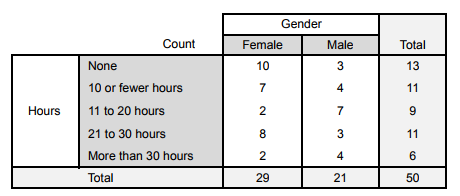Lesson 13: Estimation with Confidence Intervals
Review:
- Sampling Distributions
Presentation:
- How to Estimate a Population Mean (μ)
- Conduct a Simple Random Sample (SRS) of size n
- Calculate the sample mean, x-bar = (∑x)/n
- If n is sufficiently large (≥30), we can assume x-bar is Normally distributed
- Estimate of the population mean, μ = x-bar (point estimate)
- Estimate of the population standard deviation, σ = s/(√n)
- Estimate margin of error, m = z*σ (use z = 1.96 for 95% confidence)
- Estimate with confidence interval for μ = x-bar ± m
- Watch video
- Example: A sample of size n = 400 produced the sample mean, x-bar = 36.0 and sample standard deviation, s = 9.0. Construct a 95% confidence interval to estimate the population mean.
- n = 400
- x-bar = 36.0
- s = 9.0
- m = 1.96*(9/(√400)) = 0.882
- Estimate for μ = 36.0 ± 0.882
- 95% confidence interval: [35.118, 36.882]
Assignment:
- Problem 1. A sample of size n = 100 produced the sample mean, x-bar = 16.0 and sample standard deviation, s = 3.0. Construct a 95% confidence interval to estimate the population mean.
- Problem 2. An operation manager at a large plant observed 120 workers assembling an electronic component. The average time needed for assembly was 16.2 minutes with a standard deviation of 3.6 minutes. Construct a 95% confidence interval to estimate the mean assembly time.
- Problem 3. A computer technician installs new hard drives on 64 different computers. The average installation time is 42 minutes with a standard deviation of 5 minutes. Construct a 95% confidence interval for the mean installation time.
- Problem 4. A research firm conducted a survey of regular smokers to estimate the average amount spent per week on cigarettes. A sample of 49 regular smokers revealed average spending on cigarettes to be $21.55 with a standard deviation of $5.21. Construct a 95% confidence interval to estimate mean weekly cigarette spending.
Study:
- Read pp. 353-362, Introduction to Inference and Estimating with Confidence






